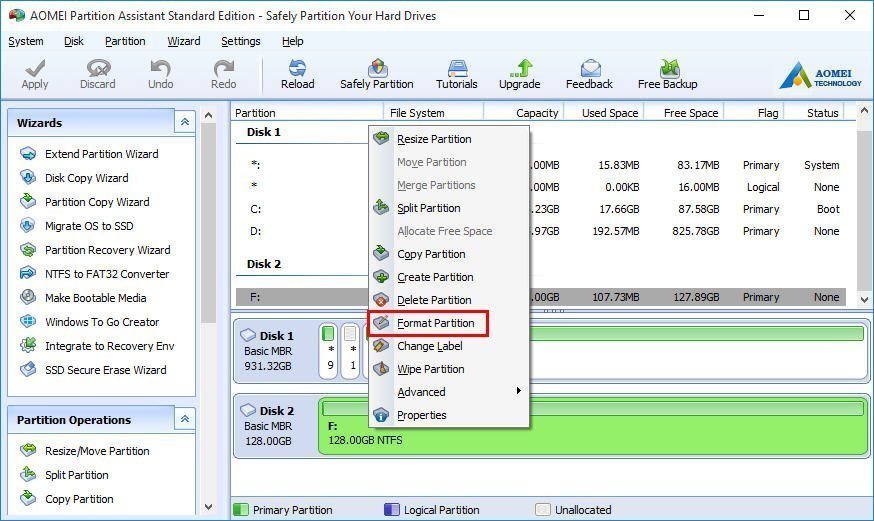
I took help for the permissions part from Īnd for finding out the mount point, from This should give the ownership to the current user, and it would be persistent after reboots as well. Note also that you dont have to specify your user name here the $USER variable will automatically get your username from the system.

Or as suggested by Mik, if the drive name has spaces it will need to be escaped or quoted: sudo chown $USER: /media/"1Tb Pocket Drive" If you have set the label with something descriptive, it should like similar to: /dev/sdb1 on /media/1Tb Pocket DriveĪfter you have the mount point, run sudo chown hellocatfood: /media/bf9a2c45-491a-4778-9d76-47832fe38820 If you have never named (or set the label for) it, it will probably look something like: /dev/sdb1 on /media/bf9a2c45-491a-4778-9d76-47832fe38820 To find the mount point, run mount in the terminal, and locate the line that corresponds to the drive or partition in question. Your partition should be mounted in /media/mountpoint To do that, type this in the terminal: sudo chown yourusername: /media/mountpoint Now you would have successfully formatted your external drive to ext4, and it would show up in GParted as a single ext4 partition.Īs suggested by hellocatfood, after formatting the drive, one will have to take ownership of it as well. Select your external hard drive from the top right corner (it would be marked as /dev/sdb most probably), then right click on the partition and format.Īfter formatting, click on the accept button (it's in the middle of the menu bar) to save the changes. With GParted you can format your External HDD partition to ext4, but the partition should be unmounted. You could search for it in the Ubuntu Software Centre or you could type this in the terminal: sudo apt-get install gparted You can try the GParted program for all your partitioning tasks.


 0 kommentar(er)
0 kommentar(er)
